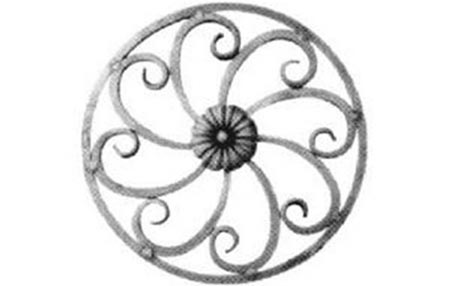Is wrought iron more expensive than steel?
Views: 872 Update date: Mar 08,2024
When it comes to architectural and construction materials, the debate between wrought iron and steel often revolves around various factors, including aesthetics, durability, and of course, cost. Is wrought iron more expensive than steel?
Wrought Iron: Renowned for its timeless elegance and artisan craftsmanship, wrought iron has long been synonymous with intricate designs and historical significance. However, this craftsmanship comes at a cost. The labor-intensive nature of shaping and forging
wrought iron, coupled with its historical allure and intricate detailing, typically results in a higher price point compared to steel.
Steel: In contrast, steel offers a more modern and cost-effective alternative. With advancements in mass production and manufacturing techniques, steel boasts a streamlined production process, resulting in lower production costs per unit. While steel may lack the bespoke charm of wrought iron, its widespread availability and affordability make it a practical choice for a wide range of projects.
Factors Influencing Cost
Several factors contribute to the cost disparity between wrought iron and steel:
Material and Manufacturing: Wrought iron's labor-intensive manufacturing process and historical significance contribute to its higher cost, while steel benefits from mass production and economies of scale.
Aesthetic Appeal: Wrought iron's intricate designs and historical allure often justify its higher price for those seeking a distinctive aesthetic, while steel offers a sleek and modern alternative at a lower cost.
Durability and Maintenance: Both materials offer durability, but wrought iron may require more frequent maintenance to prevent rust and corrosion, adding to its overall cost of ownership.

Considerations for Decision Making
When evaluating the cost implications of choosing between wrought iron and steel, it's essential to consider several factors:
Project Requirements: Consider the specific needs and aesthetic preferences of your project.
Budget Constraints: Assess your budgetary constraints and weigh them against the long-term benefits and costs associated with each material.
Long-Term Maintenance: Factor in the ongoing maintenance requirements and associated costs to ensure the longevity of your investment.
In conclusion, the decision between wrought iron and steel hinges on a careful balance of aesthetics, durability, and cost considerations. While wrought iron may command a higher initial investment due to its artisan craftsmanship and historical significance, steel offers a practical and cost-effective alternative without compromising on quality or style.
Prev News: Is wrought iron better than mild steel?
Next News: What are the parts of an iron fence called?
